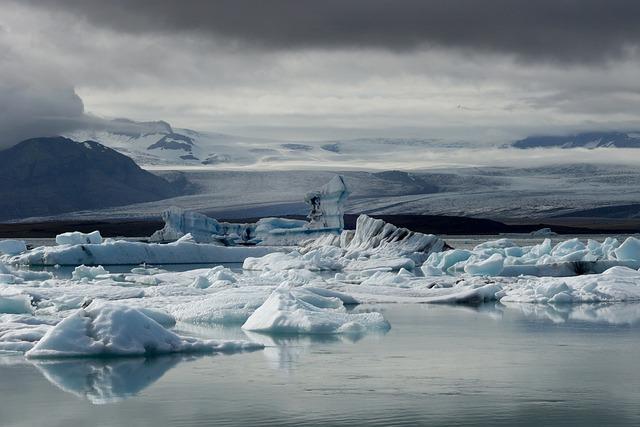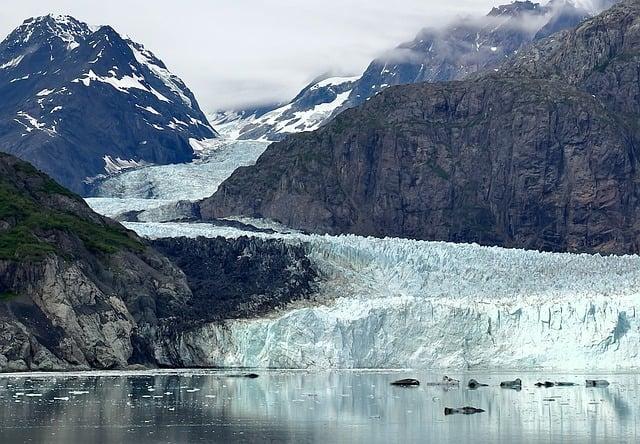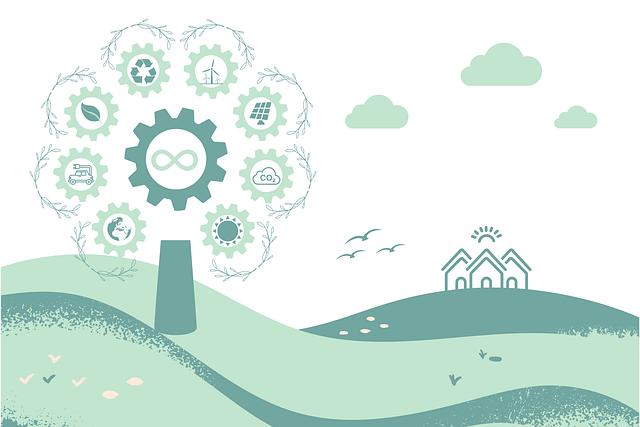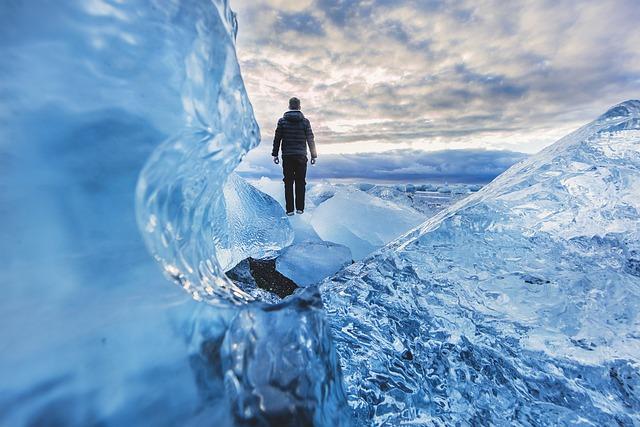- Introduction
- Causes of Glacier Melt
- Impact of Accelerated Glacier Melt
- Solutions to Glacier Melt
- Conclusion
- FAQs
- References
Introduction
Glaciers are rapidly melting around the world due to climatic changes. This phenomenon poses significant threats to ecosystems, water resources, and sea levels globally. In this article, we will explore the causes of glacier melt, its impacts, potential solutions, and conclude on the urgency of addressing this environmental issue.
Causes of Glacier Melt
One of the primary factors contributing to accelerated glacier melt is global warming caused by human activities such as burning fossil fuels and deforestation. The rise in greenhouse gas emissions traps heat in the atmosphere, leading to higher temperatures and subsequent melting of glaciers.

(Image: Pixabay/@makabera)
Additionally, black carbon deposits on glaciers from industrial activities and wildfires can reduce the albedo effect, causing glaciers to absorb more heat and melt faster. Changes in precipitation patterns and cloud cover also play a role in accelerating glacier melt rates.
Scientists have documented how these human-induced changes are drastically altering glacier landscapes, with many retreating at alarming speeds. It is crucial to address these root causes to mitigate further glacier loss.
Impact of Accelerated Glacier Melt
The rapid melting of glaciers has far-reaching consequences on both local and global scales. One of the immediate impacts is the alteration of freshwater availability, as glaciers act as natural reservoirs that supply water to rivers and communities during dry seasons.

(Image: Pixabay/@NWimagesbySabrinaEickhoff)
Moreover, the loss of glaciers contributes to rising sea levels, which pose threats to coastal regions and island nations. Ecosystems dependent on glacial meltwater, such as polar bears and penguins, face habitat loss and disruptions to their food chains.
Furthermore, glacier melt can trigger natural hazards such as glacial lake outburst floods and landslides, jeopardizing human lives and infrastructure in mountainous regions. These cascading effects highlight the urgency of addressing glacier melt and climate change as interconnected challenges.
Solutions to Glacier Melt
To combat the alarming rate of glacier melt, collective action at the local, national, and international levels is essential. Implementing policies to reduce greenhouse gas emissions, transitioning to renewable energy sources, and protecting glacier ecosystems are crucial steps in mitigating further melt.

(Image: Pixabay/@RosZie)
Investing in research to understand glacier dynamics better, monitoring glacier health through satellite technologies, and engaging local communities in conservation efforts can help preserve glaciers for future generations. It is imperative for governments, businesses, and individuals to prioritize sustainability and climate resilience in their decision-making processes.
Conclusion
Glacier melt is a pressing environmental issue exacerbated by human activities and climate change. Urgent actions are needed to address the root causes of glacier melt, mitigate its impacts on ecosystems and societies, and preserve these vital ice formations for the future.
FAQs
How do glaciers contribute to rising sea levels?
Glaciers release meltwater into the oceans, adding to the overall volume of seawater and causing sea levels to rise over time.
What are some natural hazards associated with glacier melt?
Glacial lake outburst floods, debris flows, and avalanches are common natural hazards triggered by rapid glacier melt, posing risks to human communities in mountainous regions.

